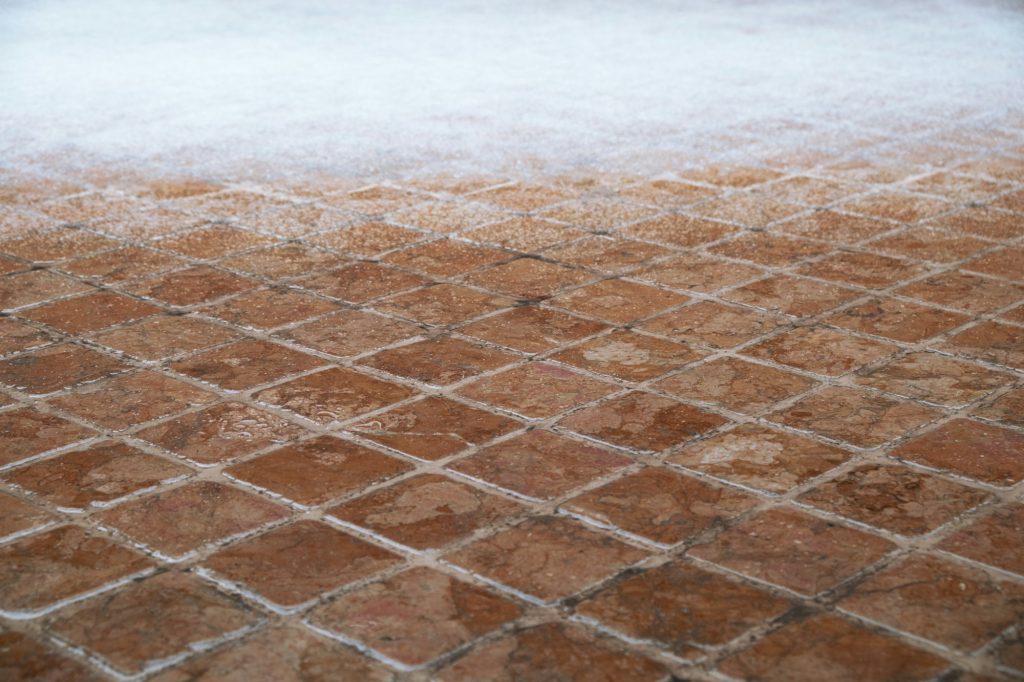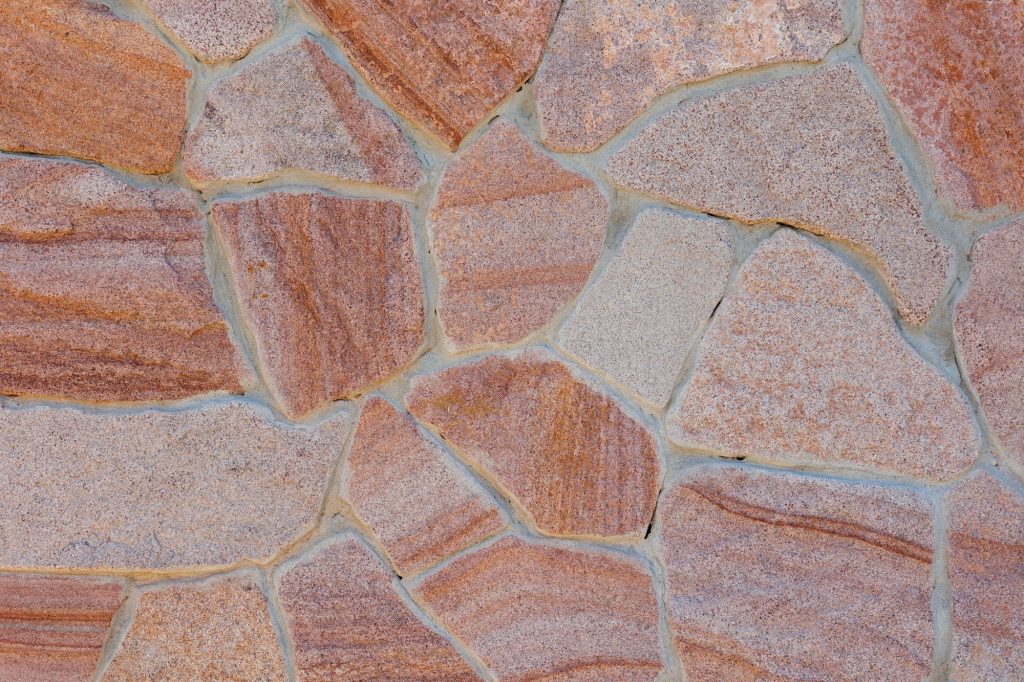Contents
- Understanding Stone Surfaces: Types and Characteristics
- The Importance of Sealing Stone Surfaces
- Types of Stone Sealers: Penetrating vs. Topical
- Factors to Consider When Choosing a Stone Sealer
- Application Process: Step-by-Step Guide
- Maintenance Tips for Long-Lasting Stone Surfaces
Understanding Stone Surfaces: Types and Characteristics
Stone surfaces exude a timeless elegance and unique character, each type bearing distinct textures and hues. Natural stones like granite, marble, slate, and limestone are not only aesthetically pleasing but also remarkably durable. Granite is renowned for its hardness and stain resistance, making it ideal for high-traffic areas and kitchen countertops. Marble, with its classic veining, brings a touch of luxury and is often chosen for bathrooms and living areas.
Slate, with its earthy tones and natural cleft surface, is a popular choice for both interior and exterior flooring. Its density and slip resistance make it suitable for wet areas like bathrooms and pool surrounds. Limestone, characterised by its soft, muted colours and smoother textures, is frequently used in flooring and wall cladding. Each stone type requires specific care to maintain its beauty and functionality over time, making the choice of sealer a critical aspect of stone care.

The Importance of Sealing Stone Surfaces
Sealing stone surfaces is paramount to preserving their natural beauty while enhancing their durability. Stone is naturally porous, and without a proper seal, it can easily absorb liquids, leading to stains and potential damage. Sealing provides a protective barrier, preventing spills from penetrating the surface and causing unsightly marks or deterioration.
Beyond stain prevention, sealing also helps to protect against wear and tear. High-traffic areas like kitchen countertops and floors are particularly susceptible to scratches and abrasions. A quality sealer not only safeguards against physical damage but also enhances the stone’s natural colour and finish, keeping it looking pristine for longer periods. By extending the life of your stone surfaces, sealing is a proactive step in maintaining their aesthetic and functional value.
Types of Stone Sealers: Penetrating vs. Topical
Stone sealers primarily fall into two categories: penetrating sealers and topical sealers. Penetrating sealers, as the name suggests, penetrate deep into the stone’s pores, creating a barrier below the surface. These sealers are particularly effective for natural stones with high porosity, such as limestone or travertine. They do not alter the stone’s appearance and allow it to breathe, making them ideal for exterior applications where moisture vapor transmission is a concern.
Topical sealers, on the other hand, form a protective layer on the surface of the stone. They can provide a high-gloss finish or a satin sheen, depending on your preference. While topical sealers add an extra level of protection against surface abrasion and chemical spills, they may require more frequent reapplications, especially in high-traffic areas. However, they are excellent at enhancing the stone’s colour and can be used to create a polished look.
Factors to Consider When Choosing a Stone Sealer
When selecting a stone sealer, several factors should guide your decision. The first consideration is the type of stone you are treating. Different stones have varying levels of porosity and chemical composition, which can affect the sealer’s performance. For instance, a penetrating sealer is often more suitable for porous stones like sandstone, whereas a topical sealer might be better for denser stones like granite.
Another crucial factor is the location of the stone surface. Interior surfaces might benefit from a glossy topical sealer that enhances their aesthetic appeal, while exterior surfaces require a penetrating sealer to withstand the elements. Additionally, consider the stone’s usage; high-traffic areas need more robust protection than decorative pieces. Make sure to assess the maintenance requirements of the sealer as well, since some may need periodic reapplication to maintain their effectiveness.
Application Process: Step-by-Step Guide
Applying a stone sealer is a straightforward process, but it requires careful preparation and execution for the best results. Begin by thoroughly cleaning the stone surface to remove any dirt, dust, or stains. Use a pH-neutral cleaner to avoid damaging the stone. Allow the surface to dry completely before proceeding to the sealing stage.
Next, choose the appropriate sealer based on your stone type and follow the manufacturer’s instructions. Apply the sealer evenly using a clean cloth or sponge, ensuring complete coverage. For penetrating sealers, allow the product to soak into the stone for the recommended time before wiping away any excess. For topical sealers, multiple thin layers may be required to achieve the desired finish. Always allow each layer to dry fully before applying the next.
Maintenance Tips for Long-Lasting Stone Surfaces
Maintaining your stone surfaces involves regular cleaning and periodic resealing. Use a pH-neutral stone cleaner for routine cleaning to avoid stripping the sealer. Avoid acidic or abrasive cleaners that can damage the stone and the sealer. For spills, act quickly to blot and clean the affected area to prevent stains.
Periodic resealing is essential to keep your stone surfaces in top condition. The frequency of resealing depends on the stone type, location, and sealer used. Generally, interior surfaces need resealing every 1-2 years, while exterior surfaces might require more frequent attention. Regular inspections will help you determine when resealing is necessary, ensuring your stone surfaces remain beautiful and durable.
For those interested in a comprehensive stone sealer option, consider Crommelin’s DiamondCoat Slate & Stone Sealer. For further reading on stone sealing, visit Stone & Tile Studio’s Ultimate Guide to Stone Sealing.
